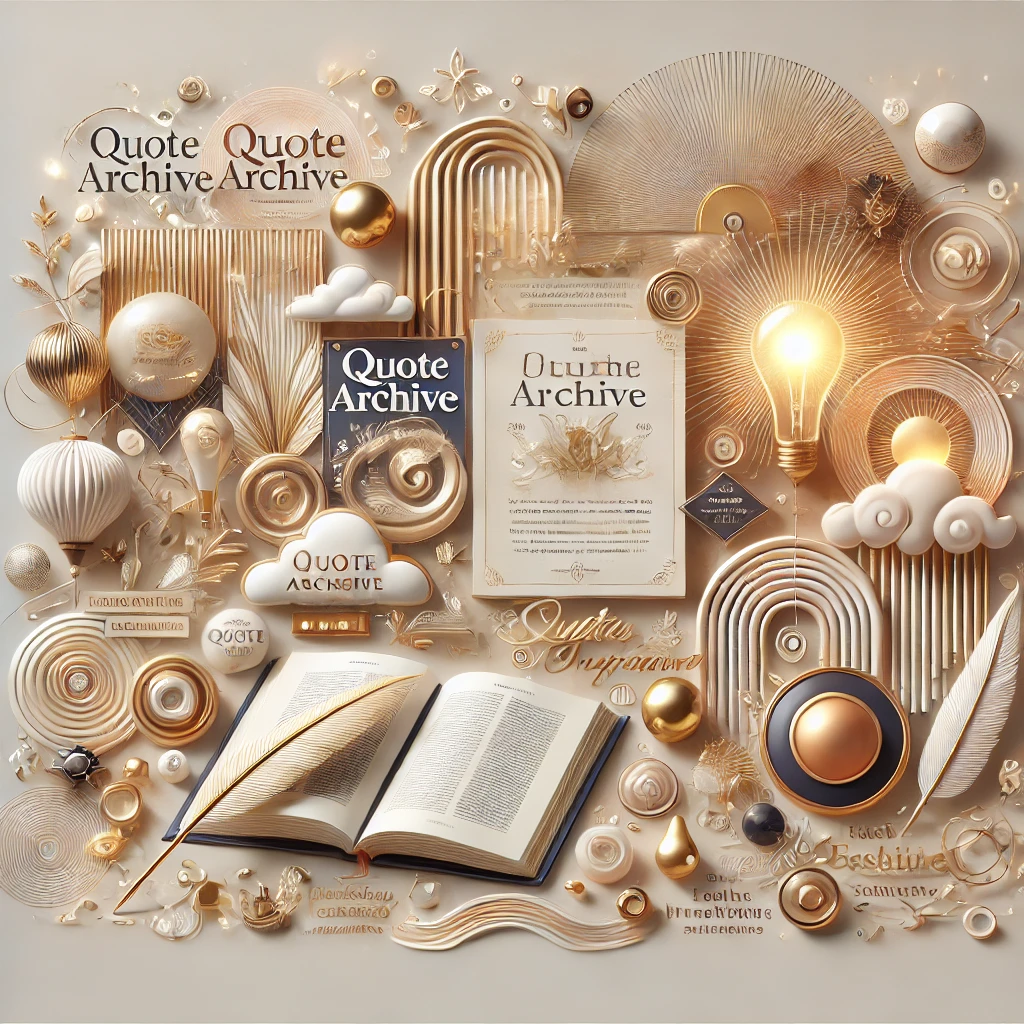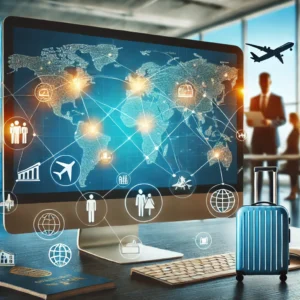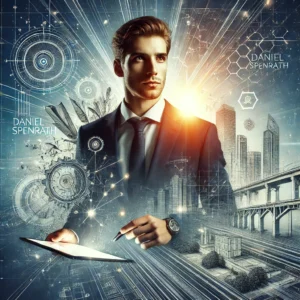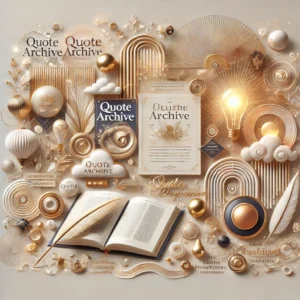The Importance of Translation in a Globalized World
Introduction
In today’s interconnected world, translation plays a crucial role in bridging communication gaps between different languages and cultures. Whether for business, education, travel, or personal communication, accurate translation ensures that information is conveyed correctly and effectively. This article delves into the significance of translation, the various methods and tools available, and how it impacts our global society.
The Role of Translation in Modern Society
Translation is not just about converting words from one language to another; it’s about conveying meaning, context, and cultural nuances. It enables cross-cultural communication, fostering understanding and cooperation among people from diverse backgrounds. Here are some key areas where translation is vital:
- Business and Commerce
– International trade and business operations rely heavily on translation to negotiate deals, draft contracts, and communicate with clients and partners across the globe. Accurate translation ensures that all parties understand the terms and conditions, preventing misunderstandings that could lead to colflicts or financial losses.
- Education and Research
– Academic and scientific communities depend on translation to share knowledge and discoveries. Research papers, books, and educational materials must be accessible to a global audience to advance learning and innovation. Translation opens doors to new insights and collaborations across borders.
- Legal and Governmental Affairs
– Legal documents, policies, and governmental communications require precise translation to ensure compliance with international laws and regulations. Inaccurate translation in this field can have severe consequences, including legal disputes and diplomatic tensions.
- Healthcare and Medicine
– Translation in the healthcare sector is critical for patient care, medical research, and pharmaceutical advancements. Patients must understand medical instructions, and healthcare professionals need access to the latest research from around the world to provide the best care possible.
Types of Translation
Translation can be broadly categorized into different types, each serving a specific purpose and requiring unique skills and techniques:
- Literal Translation
– This involves translating text word-for-word, maintaining the original structure and meaning as closely as possible. It is often used for technical documents, manuals, and legal texts where accuracy is paramount.
- Creative Translation
– Also known as transcreation, this type focuses on adapting the content to fit the cultural context of the target audience. It is commonly used in marketing, advertising, and literary translation, where the emotional impact and cultural relevance of the message are crucial.
- Machine Translation*ll
– With advancements in artificial intelligence, machine translation tools like Google Translate and DeepL have become popular. These tools use algorithms to translate text quickly and are useful for getting the gist of a message. However, they may not always capture the nuances and subtleties of human language.
- Certified Translation
– For official documents like birth certificates, marriage licenses, and immigration papers, certified translation is required. This type of translation is performed by professional translators who attest to the accuracy and completeness of the translation, often accompanied by a notarized statement.
Translation Tools and Technologies
Modern translation relies heavily on technology to improve efficiency and accuracy. Here are some of the most commonly used tools and technologies in the field:
- Computer-Assisted Translation (CAT) Tools
– CAT tools like SDL Trados, MemoQ, and Wordfast help translators manage large projects by storing previously translated segments in a translation memory. This ensures consistency and speeds up the translation process.
- Machine Translation Engines
– Tools like Google Translate, Microsoft Translator, and DeepL use sophisticated algorithms and neural networks to provide instant translations. While they are not perfect, they are continually improving and can be very helpful for quick translations.
- Translation Management Systems (TMS)
– These platforms streamline the translation workflow, from project management to quality assurance. Popular TMS platforms include Smartling, Memsource, and XTM Cloud, which help manage large-scale translation projects efficiently.
- Terminology Management Tools
– Tools like SDL MultiTerm and TermWiki help translators maintain consistency in terminology, especially for technical and specialized texts. These tools store glossaries and terminology databases that can be easily referenced during translation.
Challenges in Translation
Despite the advancements in technology, translation remains a complex and challenging task. Some of the common challenges include:
- Cultural Nuances
– Translators must have a deep understanding of both the source and target cultures to accurately convey meanings and avoid cultural misinterpretations. Idioms, humor, and colloquialisms often do not translate directly and require creative adaptation.
- Context and Ambiguity
– Words and phrases can have multiple meanings depending on the context. Translators must carefully consider the context to choose the most appropriate translation, which can be particularly challenging for ambiguous or polysemous words.
- Technical Terminology
– Specialized fields like medicine, law, and engineering have their own jargon and terminology. Translators need to be familiar with these terms and their precise meanings to ensure accurate translations.
- Maintaining Consistency
– Consistency is crucial, especially in large projects or ongoing collaborations. Translators must ensure that terms and phrases are used consistently throughout the text, which can be challenging without the right tools and resources.
The Future of Translation
The future of translation looks promising with continuous advancements in technology and artificial intelligence. Here are some trends to watch for:
- Neural Machine Translation (NMT)
– NMT models like OpenAI’s GPT and Google’s Transformer are revolutionizing machine translation with more accurate and natural translations. These models learn from vast amounts of data and can generate translations that are closer to human-level quality.
- Real-Time Translation
– Real-time translation tools, such as those integrated into video conferencing platforms, are becoming more sophisticated. These tools enable instant communication across languages, facilitating international collaboration and meetings.
- Augmented Reality (AR) Translation
– AR translation apps can overlay translated text onto real-world objects using a smartphone camera. This technology is particularly useful for travelers and tourists, allowing them to read signs, menus, and other text in their native language.
- Voice Translation
– Voice translation devices and apps are improving, providing instant spoken translations. This technology is invaluable for travelers, business professionals, and anyone needing to communicate verbally in a foreign language.
Conclusion
Translation is an essential aspect of our globalized world, enabling communication and understanding across linguistic and cultural barriers. As technology continues to evolve, the tools and methods for translation will become more sophisticated, making it easier to connect with people around the world. However, the human touch remains irreplaceable, as translators bring cultural awareness, context, and creativity to their work. By embracing both technological advancements and the expertise of professional translators, we can continue to break down language barriers and foster a more connected and inclusive world














Post Comment